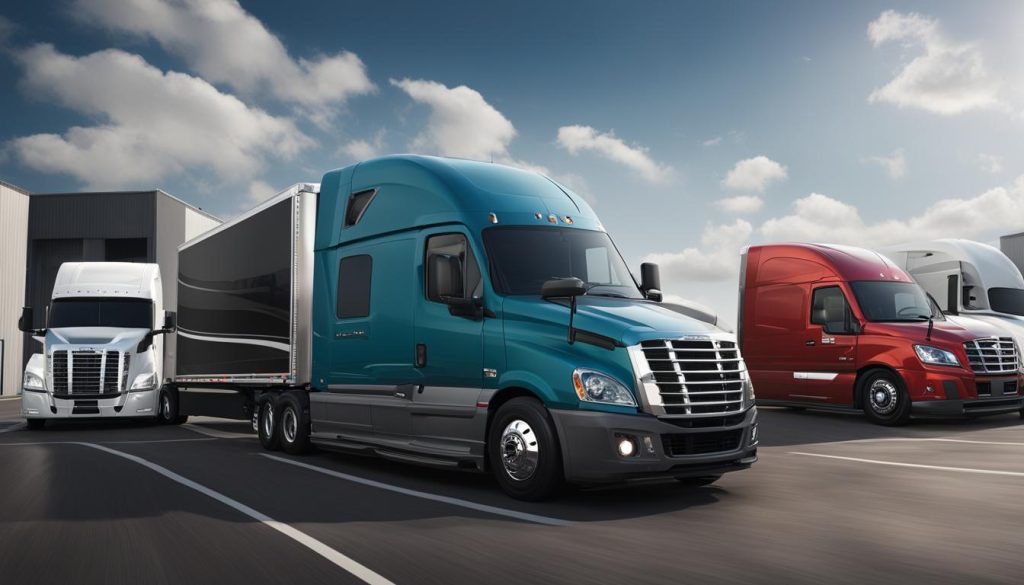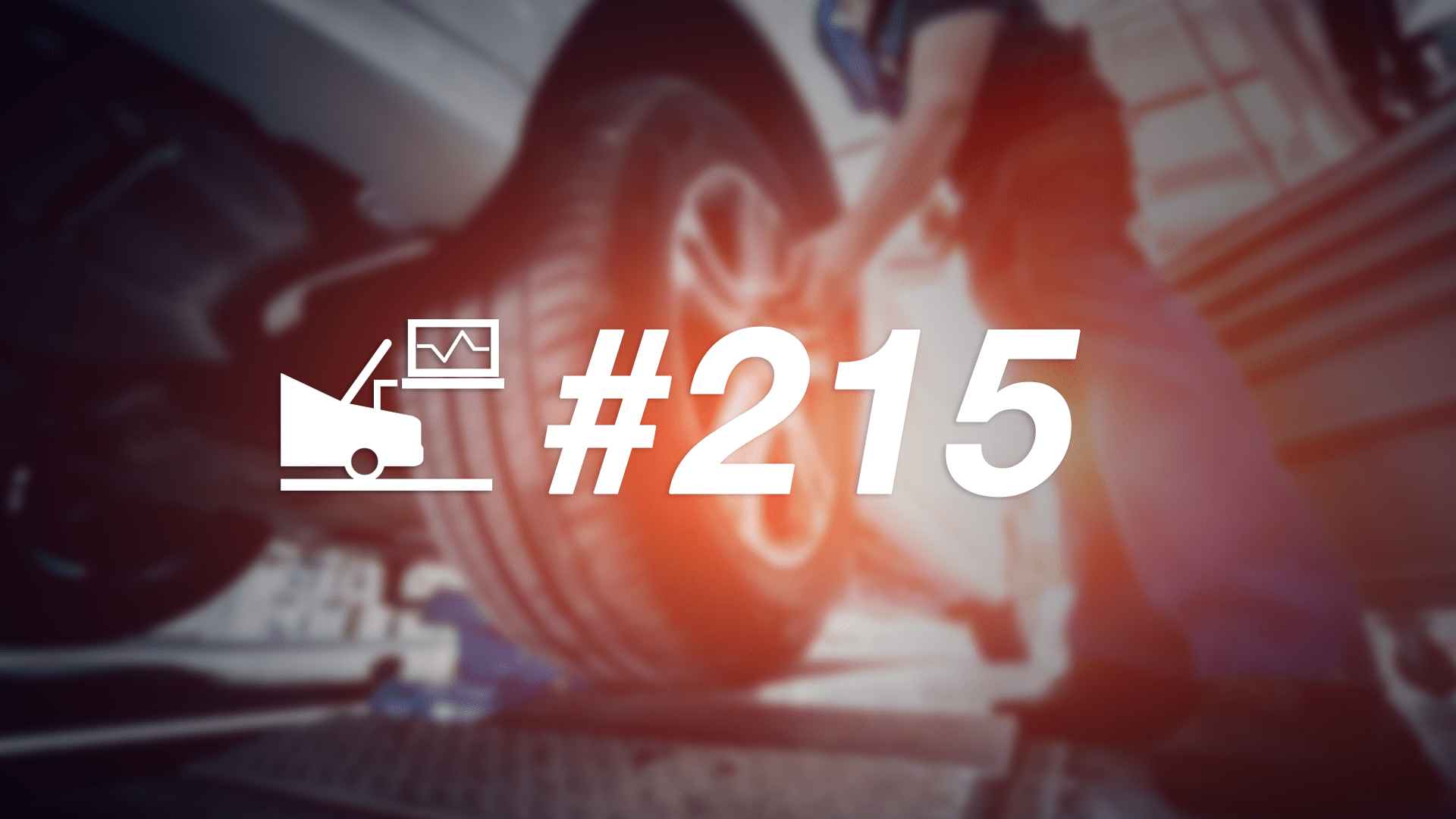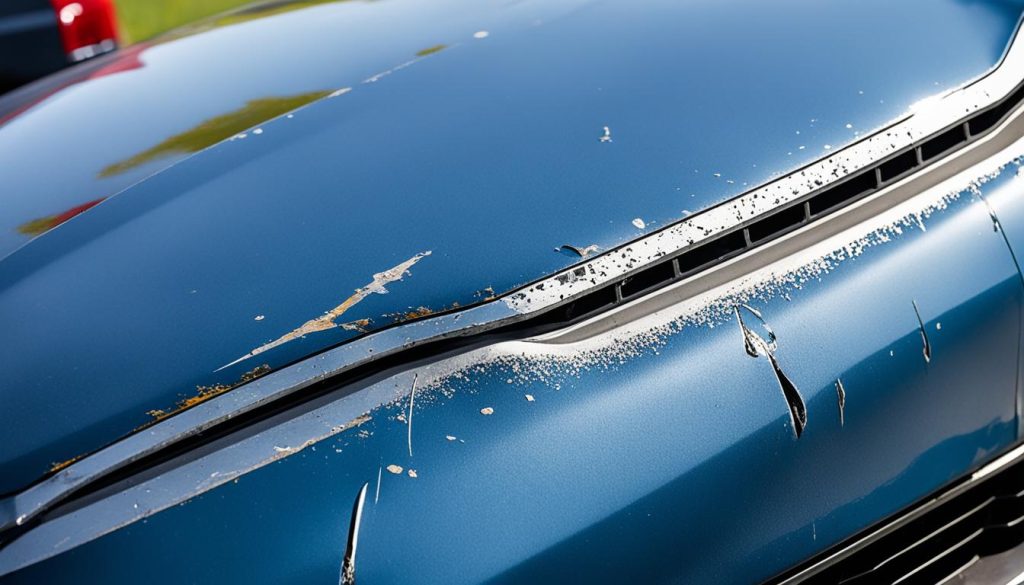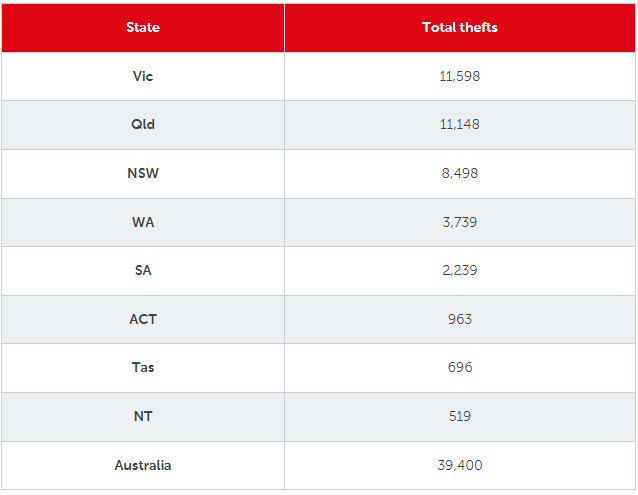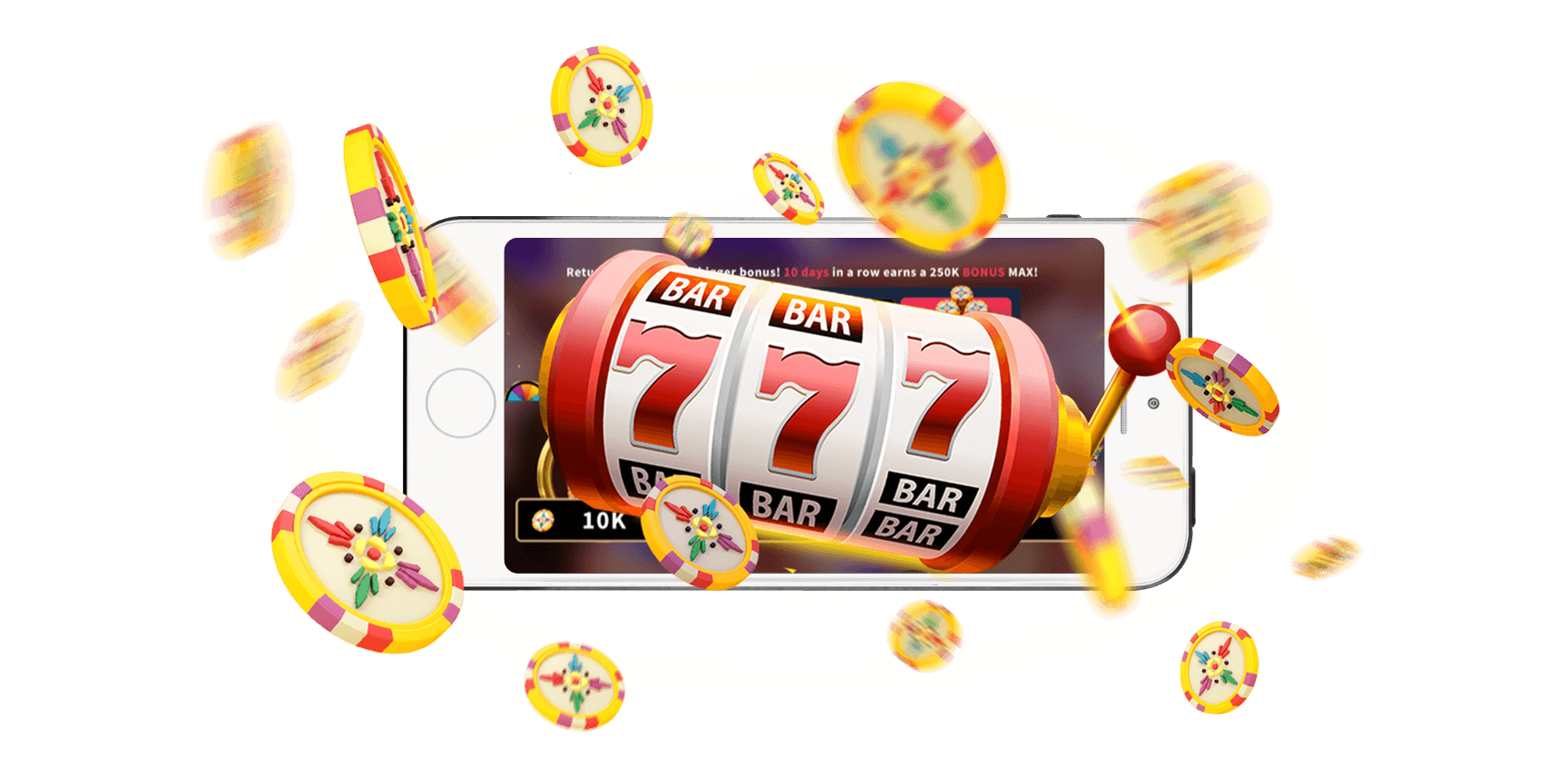
Not very long ago the concepts of ‘character’ and ‘unreliability’ were pretty much synonymous when it came to sports cars, especially British ones. You could practically use them interchangeably, depending on mood – acknowledgement that the increased thrills of something sporty would inevitably be balanced by enhanced likelihood of leaks, breakages of fizzling electrics.
But then cars became better built and more reliable, leading to the common assumption that this reduction in potential breakage and borkage meant a corresponding decrease in personality. Cars were turning too good, went the slightly perverse argument, therefore also too bland. Not an accusation that would stand up to even brief acquaintance with the F-Type: this is a sports cars which is both solidly constructed and hugely charismatic.
Much of this personality does indeed come from imperfections. I should say at this point that I’m a big fan of the F-Type, but definitely not one who is blind to some of its more obvious failings. As such, it’s a flawed gem, but it is definitely still a gem.

The F-Type’s very arrival came as a surprise. Jaguar had been toying with the idea of a lightweight two-seater since the mid-‘80s, and even created an F-Type branded concept in 2000. The challenge was investing big in a model that would target such a small part of the market, especially as Jag already had a sleek two-door in the form of the XK.
But when Tata bought Jaguar and Land Rover from Ford, big boss Ratan Tata was reportedly insistent that Jaguar needed a new sports car – one that would be created before the SUV that cynics might say was a more obvious omission from the line-up. Being sold alongside the GT-ish XK, and sharing some of its architecture, meant that the new car would need to be both smaller and also designed to deliver an edgier and more exciting driving experience. On this Jaguar delivered in spades.
But before we got to drive the F-Type, we got to look at it – and even against some tough competition it was one of the highlights of Ian Callum’s career as a styling boss. Jaguar insisted on previewing it with what was called the C-X16 concept, officially refusing to acknowledge that work on a real car was already well advanced. Callum helpfully torpedoed this timid PR strategy when he admitted to journos that much of the C-X16’s bodywork came from production tooling. The concept was a coupe while the first F-Type was a roadster, but the purchasable fixed-roof version followed barely a year behind the ragtop.

Beneath the handsome design, some big compromises had been made. The first was packaging, the F-Type’s compact dimensions giving it a tight-fitting cabin and a comically small boot, certainly for the roadster. Choosing the optional space-saver spare wheel would effectively limit luggage to squashy bags. The result was a car that was longer and wider than a 981-generation Boxster, but much less spacious and practical.
It was also strangely heavy. As with its other Jags of the period, the F-Type’s structure made extensive use of aluminium, yet even in as-launched rear-drive form the V8 was a porky 1,650kg – more than 100kg more than a 991-generation Porsche 911 Cabrio, which both bigger and featured rear seats. The F-Type was introduced with both V6 and V8 engines, but choosing the smaller donk made minimal difference to the total weight because of the strange decision for the six-pot to use an identically sized engine block minus two cylinders. Some have claimed this is an urban myth, but it isn’t.
Jaguar’s engineers did give the different variants very different characters. The step from the basic 335hp V6 to the brawnier 375hp V6 S was impressive, the senior car being punchier, sharper and sounding much angrier. But it was the V8 that felt truly special, hence its inclusion here, the rear axle battling to deliver the 488hp generated by the supercharged engine. It was short on finesse, but big on visceral thrills – and even at an eight-tenths pace the V8 had an edgy, exciting feeling.

But the lack of traction from the rear-driven V8 could cause issues, especially on low-grip surfaces or when pushed to the limit. I remember watching one oversteering around Bedford Autodrome’s west circuit as its expert driver tried to extract a time. It looked spectacular, but ended up slower than the less powerful 911 Carrera S. Somebody else’s road test pay-off summed it up for me: “imagine if TVR had discovered build quality.”
Recognising the drivability issues Jaguar quickly introduced an all-wheel drive option, with this also being used by the range-topping 567hp SVR version, which calmed down power delivery slightly. But our Pill pre-dates this, being an early V8 S rear-drive roadster.
While the V6 is much cheaper – early cars down to the low twenties – the £29,000 being asked for our Pill still looks like stonking value. It marks almost exactly £51,000 of depreciation from the original list price across 50,800 miles. While the bravest part of owning an early F-Type will be the manly challenge of keeping it pointing in an intended direction on a wet road, there are a couple of issues to be aware of.

The first is the tendency reported by some owners for rear differential seals to weep, this creating a very traditional Jag puddle of oil on driveway or garage, but relatively easily fixed. The other, more worrying, is the susceptibility of the rear subframe and supporting braces to suffer from serious rust. Jaguar issued a technical bulletin acknowledging the problem in 2018, with many cars having received upgraded replacements under either warranty or goodwill. But it also seems like many haven’t.
Behind its obscured plates our Pill’s MOT history is minty fresh. The most recent clean pass was in June, with that being the seventh advisory-free ticket in a row – a Brave Pill record. Before that there was a fail in 2017 for excessively worn rear tyres – understandable in one of these – and one the previous year for the left front showing cords; at 27,000 miles it may still have been the original tyre. But on the available record it has been well cared for; there is also service history according to the advert.
Jaguar has already said that 2023 will be the F-Type’s last year, with Nic C having recently driven the farewell editions. It won’t be lonely in Jag Valhalla, with the brand officially committed to an all-electric future that will see its entire existing line-up axed before 2025. When we look back at the last generation of what many will regard as being ‘proper’ Jags, the F-Type will be remembered as the highlight.
#Jaguar #FType #Roadster #Brave #Pill



